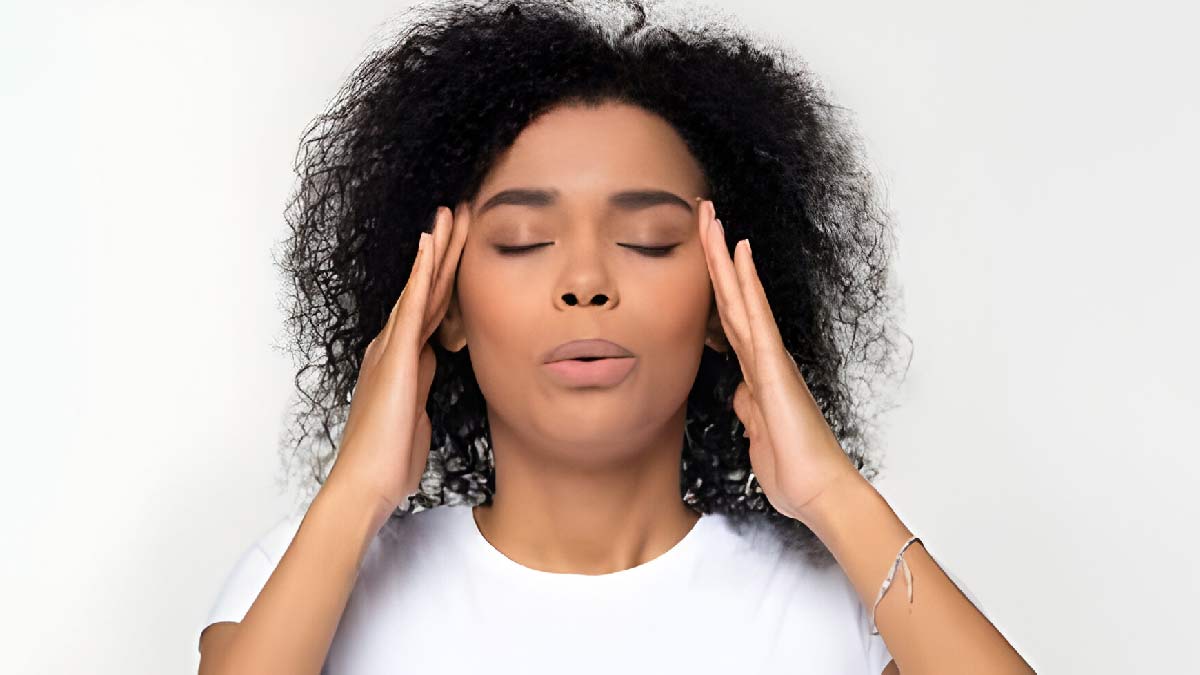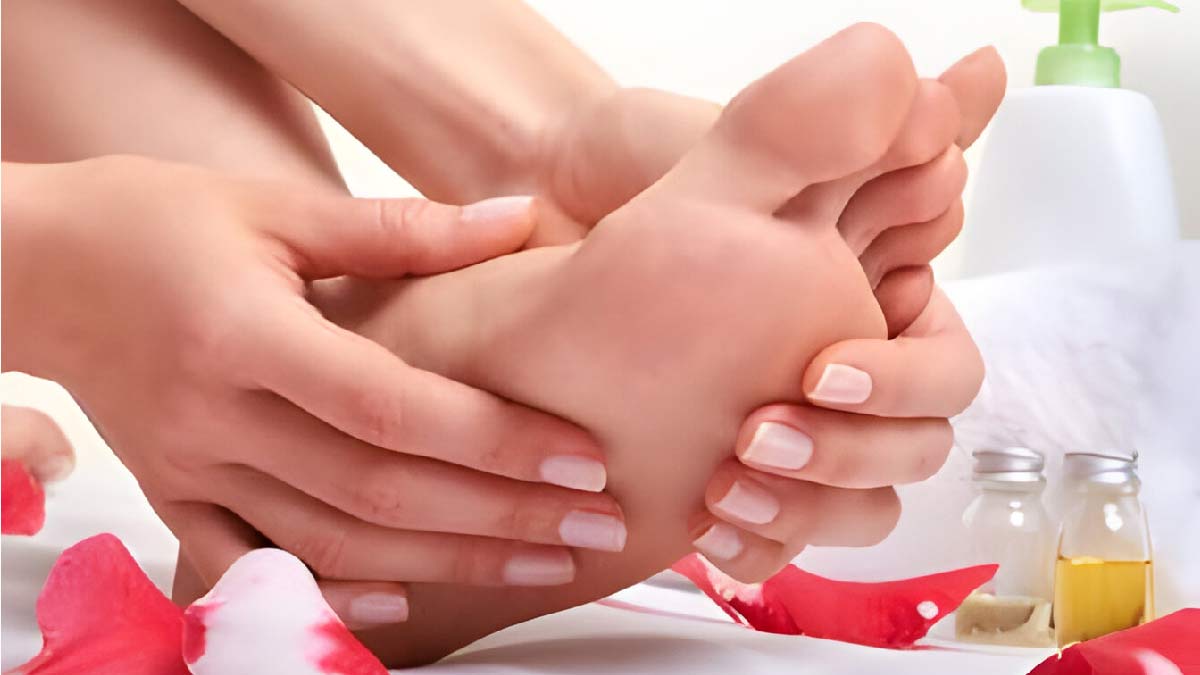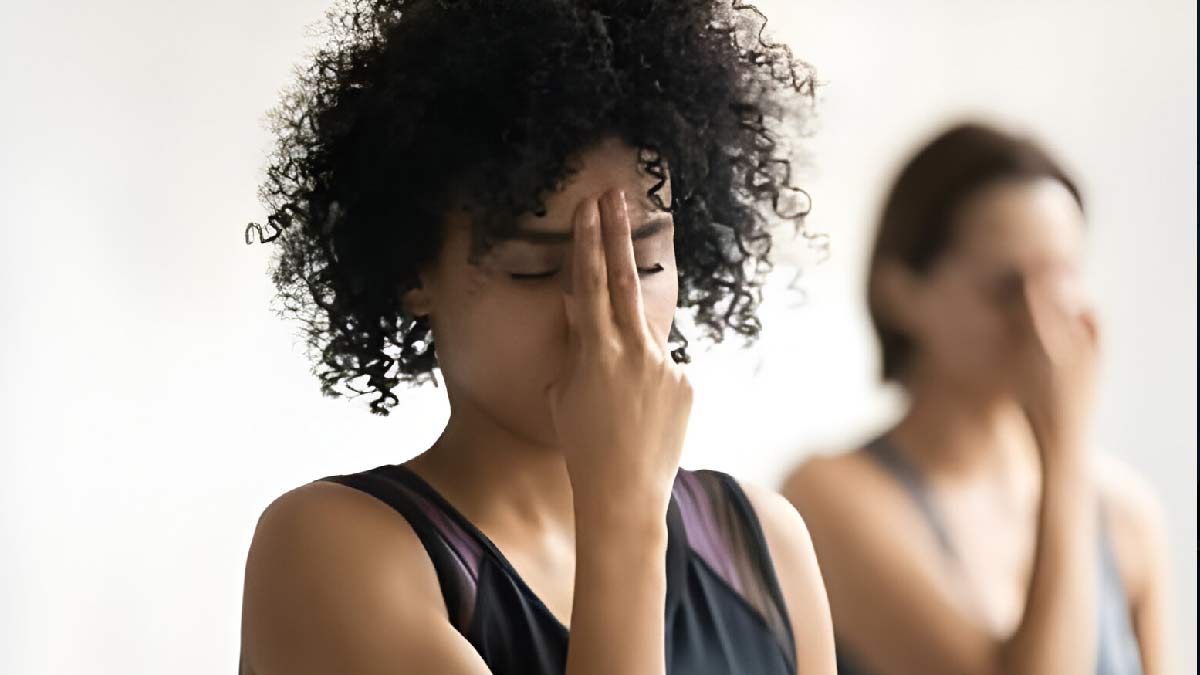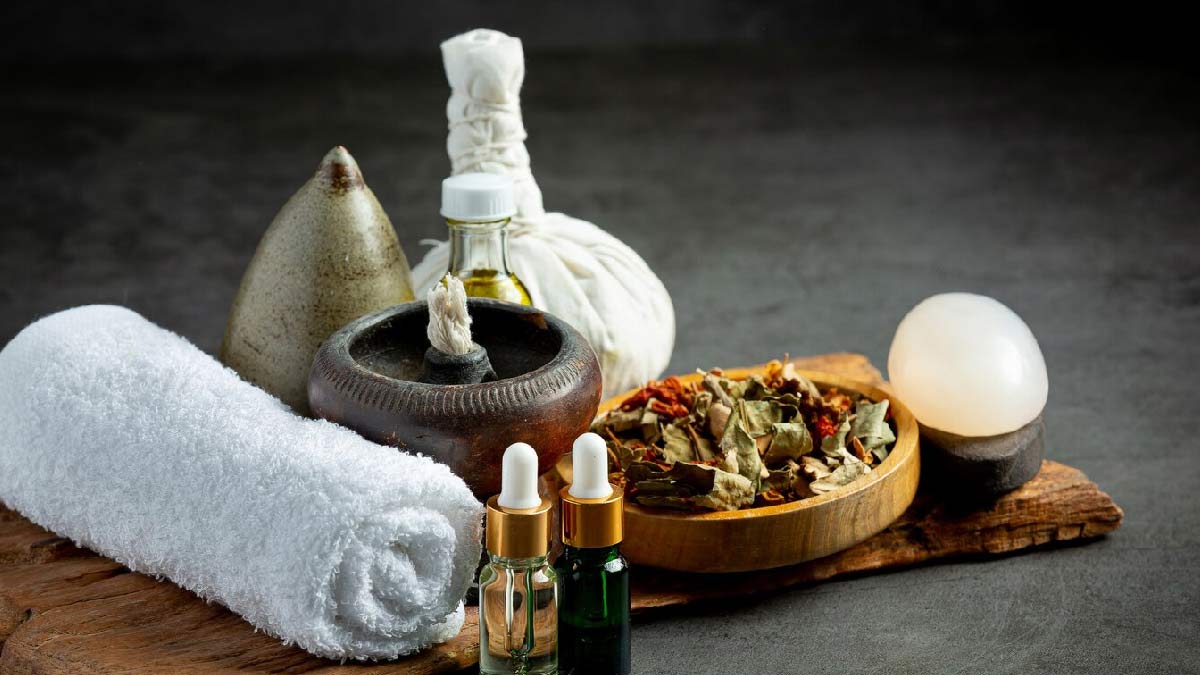
Don't we all love the idea of a good massage after a stressful day? Some prefer a head massage while others opt for foot massage. But have you heard about an ayurvedic massage called abhyanga, which helps in calming and nurturing your mind? We spoke to our expert Dr Ganesh Chaudhary, Bachelor of Ayurvedic Medicine and Surgery (BAMS), PHC, Darbhanga, Bihar, who listed the benefits of abhyanga massage and how to do it.
Table of Content:-

“Abhyanga, derived from the Sanskrit words 'Abhi' meaning 'towards' and 'anga' meaning 'limb', is a form of self-massage involving the application of warm herbal oils to the entire body”, said Dr Chaudhary.
Benefits of Abhyanga Massage

Promotes Relaxation and Stress Relief
“Abhyanga massage uses rhythmic and gentle strokes to relax the muscles, release tension, and calm the nervous system. It promotes the production of feel-good hormones like serotonin and dopamine, inducing a sense of relaxation and well-being”, added Dr Chaudhary.
According to a clinical trial by the Journal of Alternative and Complementary Medicine in 20 healthy adults, it was found that abhyanga massage helped in reducing stress levels and decreasing heart rate.
Also Read: Baby Oil Massage In Winter: Expert Lists Oils That Can Promote Kid's Health In Colder Months
Nourishes the Skin
The warm herbal oils used in abhyanga massage deeply penetrate the skin, moisturising it and enhancing its elasticity. Regular practice can help alleviate dryness, roughness, and other skin ailments, leaving the skin soft, supple, and radiant.
Improves Circulation
Dr Chaudhary added, “The gentle strokes increase blood flow throughout the body, promoting a more effective circulation. Improved circulation ensures that oxygen and nutrients reach the cells more efficiently, aiding in detoxification and enhancing overall vitality.”

Enhances Mental Clarity and Focus
Regular practice of this massage helps calm the mind, reduce mental fatigue, and enhance mental clarity and focus. It provides a grounding and centring effect, helping individuals to approach daily tasks with greater ease and mindfulness.
Supports Detoxification
Ayurvedic oils used in abhyanga massage have detoxifying properties that help eliminate toxins and impurities from the body. The massage strokes also stimulate the lymphatic system, facilitating the removal of waste and promoting optimal functioning of the immune system.
Also Read: Potli Massage Therapy: Expert Explains How It Works And Its Benefits
How to Perform Abhyanga Massage
Here’s how to perform abhyanga massage, as listed by the expert:

Choose the Right Oil
Start by selecting a high-quality massage oil suitable for your dosha or specific needs. Common oils used for abhyanga include sesame oil, coconut oil, and almond oil. Make sure to warm the oil slightly before use for better absorption.
Prepare the Space
Next, search for a quiet and comfortable space where you can perform the massage without any interruption. Lay down a towel or old sheet to protect your bedding or floor from oil stains.
Begin with Self-Massage
“Start by applying a small amount of warm oil to your scalp and gently massage it into your scalp and hair. Continue with long, sweeping strokes on your limbs and torso, using circular motions on the joints and abdomen. Make sure you pay attention to areas of tension or discomfort”, highlighted Dr Chaudhary.
Allow the Oil to Absorb
After massaging the entire body, allow the oil to penetrate the skin for at least 15-20 minutes before showering or bathing. This allows the therapeutic properties of the oil to work their magic and deeply nourish your body.
Follow with a Warm Shower or Bath
Rinse off the excess oil with warm water and mild soap if desired. Enjoy a warm shower or bath to further relax your muscles and enhance the benefits of the massage.
[Disclaimer: This article contains information provided by an expert and is for informational purposes only. Hence, we advise you to consult your expert if you are facing any health issues to get the necessary treatment and diagnosis.]
Also watch this video
How we keep this article up to date:
We work with experts and keep a close eye on the latest in health and wellness. Whenever there is a new research or helpful information, we update our articles with accurate and useful advice.
Current Version